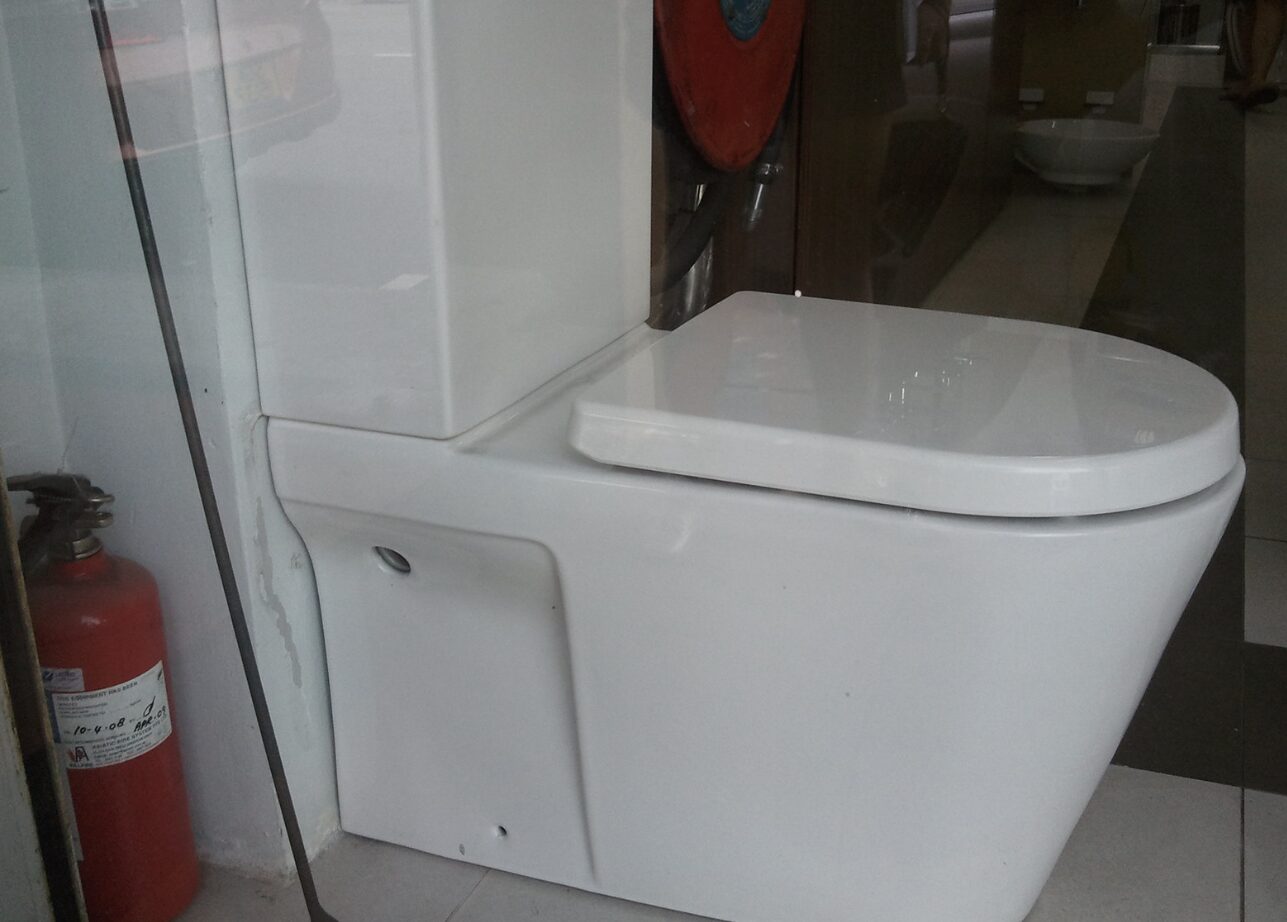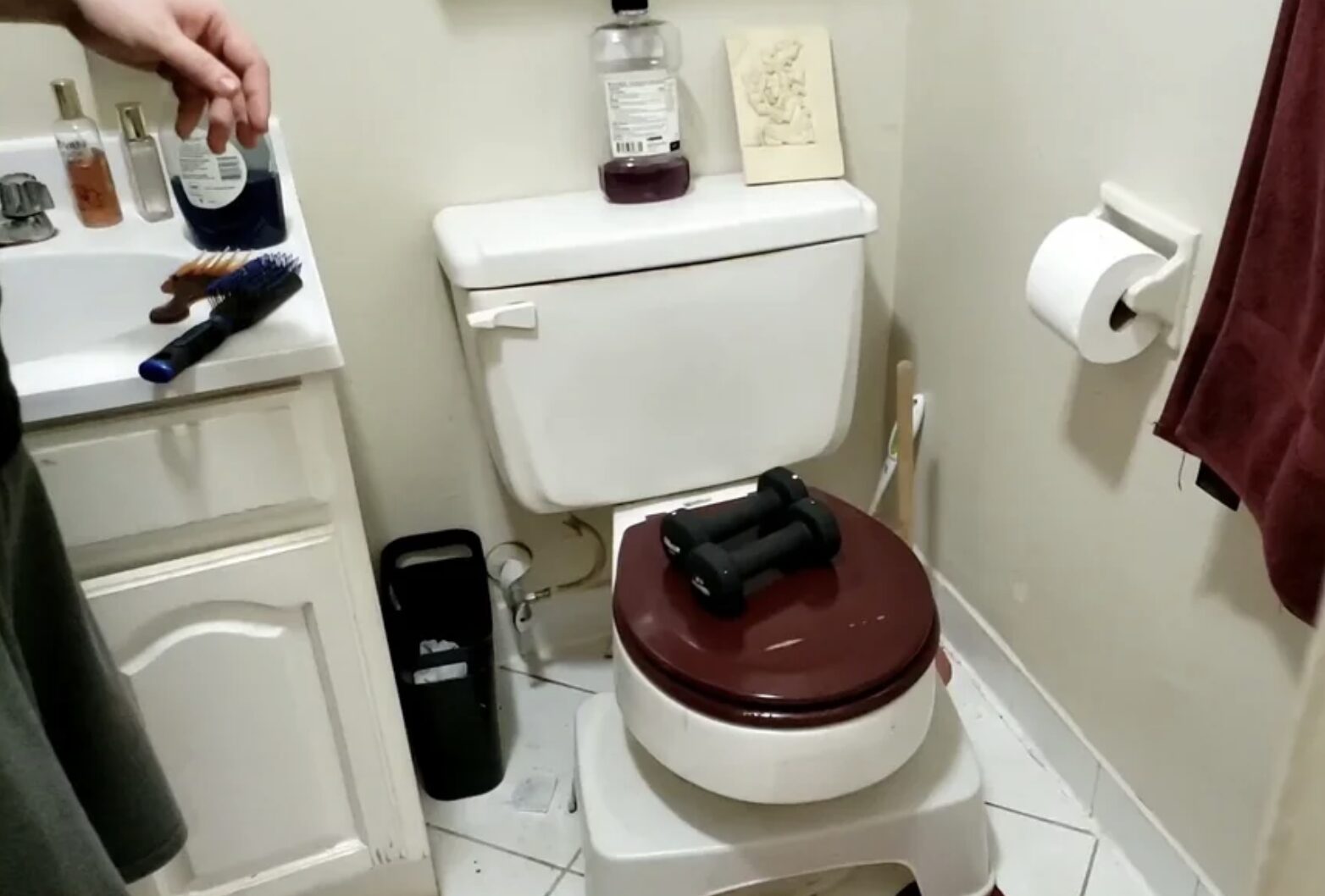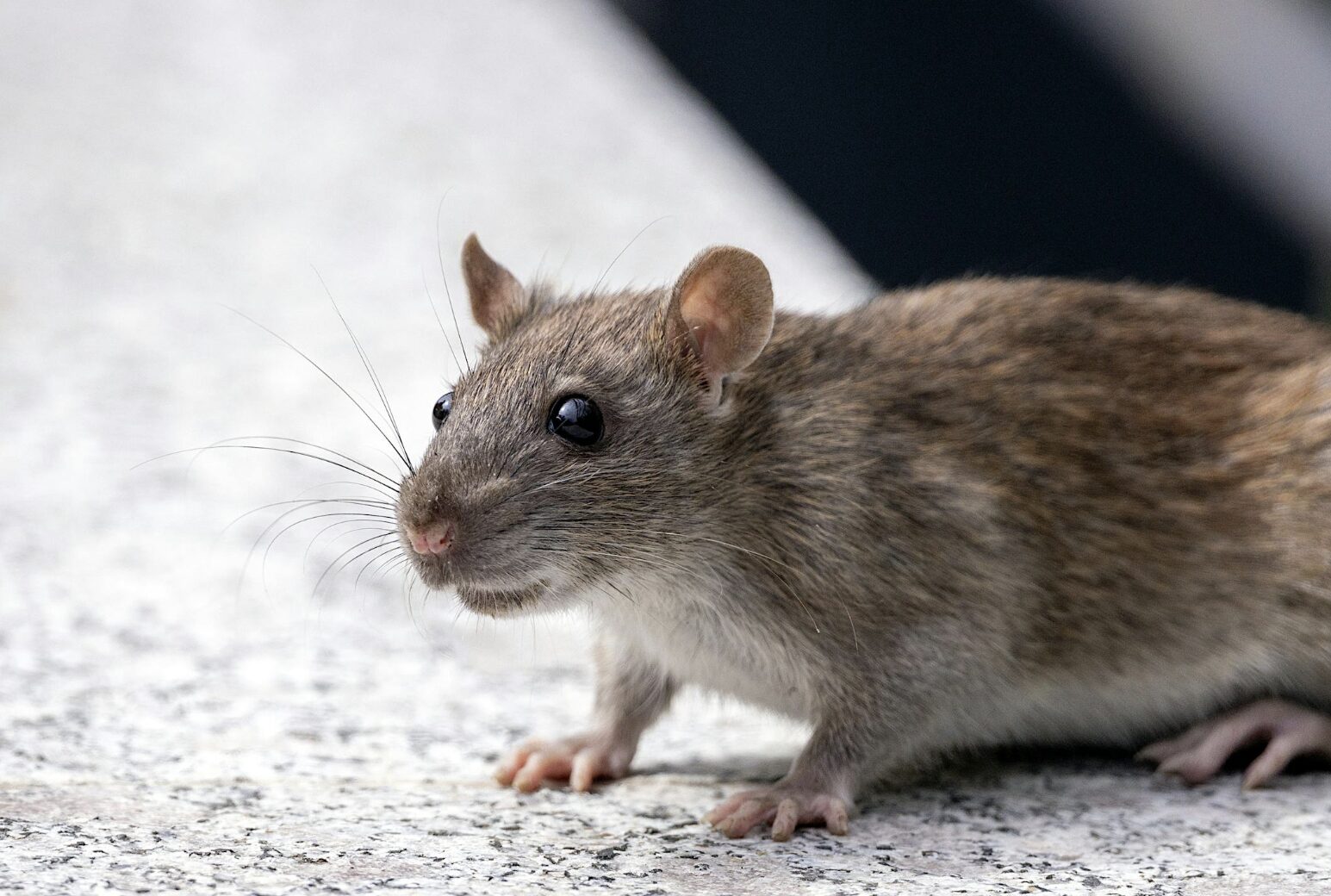
Nightmare! Total nightmare! I really don’t know how else to think or write about this. Rats in the toilet? Just the thought sends shivers down my spine, and honestly, I don’t even want to entertain the idea, let alone experience this scenario firsthand. After hearing a few urban legends, I was curious (and terrified), so I started asking around. My friends were just as skeptical and freaked out. “No way that can happen,” they laughed. But guess what? It’s not a myth.
Rats can, indeed, make their grand entrance right into your toilet, and just knowing this fact was enough for me to dive deep into a frenzy of worrying and researching. Like, what in the world would I do if I encountered a rat in my toilet? The first thing that pops into my mind is to run. But realistically, so would the rat—potentially after me! Clearly, I needed better solutions. So here’s the lowdown on what I discovered…

First Things First: Can Rats Really Swim Up Our Toilets?
Absolutely, yes. Rats in the toilet aren’t just some horror movie fiction; they’re a startling reality. These creatures are surprisingly adept swimmers. They can hold their breath for up to three minutes and tread water for as long as three days. They can even squeeze into spaces as tiny as a quarter. The usual route for these sewer-loving swimmers begins in your home’s main sewer line. They shimmy up, navigating through the narrow urban waterways, and presto, they pop up in your toilet like a grotesque surprise in a jack-in-the-box.

How Do They Do It?
Well, it turns out rats are attracted to the scents of food and waste that linger in our sewer lines. They explore these lines by squeezing through the smallest of cracks and climbing inside the vent stacks that lead to the roofs of buildings. Once they find a drainpipe that leads downward toward a toilet, it’s merely a matter of paddling upwards and making a grand entrance right into the porcelain throne.
Encounter of the Rodent Kind
Imagine this: it’s the dead of night, you’re groggily making your way to the bathroom, and as you flip on the light, there it is—a rat, casually lounging in your toilet bowl. What do you do? Well, after my initial instinct to sell the house and move to a rat-free island subsides, here’s the more rational action plan I put together after consulting with every expert source I could find:
Keep Your Cool: Panicking will likely scare the rat, potentially driving it to seek refuge in even less accessible parts of your home.
Contain the Situation: Quickly close the toilet lid to prevent its escape and place something heavy on top. Rats can be surprisingly strong, and the last thing you want is a chase scene in your bathroom.
Dial for Help: This is definitely a situation for the professionals. Pest control can manage the situation with the right equipment and safety protocols.
Handling a Deceased Visitor: If the rat isn’t alive, wear gloves to remove it from the bowl, place it in a sealed bag, and dispose of it properly. Don’t forget to disinfect every surface within a mile radius (okay, maybe just the bathroom).

Flushing is a No-Go: Whether it’s dead or alive, flushing the rat is a bad idea. It’s inhumane if it’s living, and could cause significant plumbing issues either way.
Prevent Future Uninvited Guests: After handling the immediate crisis, consider installing a non-return valve in your sewer system. This gadget allows waste to exit but prevents rodents from entering.
Regular Checks: Keep an eye on your plumbing to ensure there are no easy entry points for future intruders. Make sure all pipes and vents are secure and in good repair.

As for me, since learning all this, I’ve been extra vigilant. Maybe I’m checking the toilet a bit too obsessively before each use, but hey, can you blame me? And about that idea of moving out? Well, let’s just say my browsing history has seen a significant increase in real estate listings.
So, do you believe it now? —rats in your toilet aren’t just an urban myth but a potential reality. But with the right knowledge and precautions, you can prevent these terrifying scenarios and tackle them with confidence if they do arise. Stay alert, stay informed, and maybe keep a heavy book near the bathroom, just in case.
Step into the royal mansion of Kris Jenner, 68, and husband Corey Gamble, 43, in California’s six-bedroom, eight-bathroom home where they live out the rest of their lives with love

Mady Dahlstrom works as a content editor for the home remodeling website Porch.com. Take a look at her tweets.
It’s difficult to keep up with the Kardashians, but one designer rose to the occasion by completely renovating Kris Jenner’s six-bedroom, eight-bathroom Hidden Hills, California home. Interior designer Jeff Andrews, who has built the homes of Kourtney, Khloe, and most recently, Kylie, brought Jenner’s concept of a chic yet sophisticated family base camp to life. Andrews’ work is dripping with old Hollywood elegance and richly sumptuous decor. Andrews created what Jenner refers to as “livable glamour,” which allowed her ideal house to become a reality.
Is it true that one house can fit all? The Kardashian-Jenner residence was intended to be a family gathering place, as they have six children and four (soon to be five!) grandkids. “Kris is a fantastic chef, and having a large family meant that the kitchen needed to be both aesthetically pleasing and functional for entertaining,” adds Andrews.The Kardashian-Jenner home is ideal for opulent living, from the glistening crystal chandeliers over the formal dining table to the master bathtub where everything glamorous and beautiful happens.View Photos of Kris Jenner’s House in the Hidden Hills
 .
.
This spectacular entrance is just another example of how the creator of the reality TV series Keeping Up with the Kardashians never fails to create an impression. Sophisticated Hollywood elegance is exuded by the vintage modern chandelier, multiple staircases, and a black and white checkered floor.

In her family-style kitchen, Jenner prepares classic Kardashian-Jenner family recipes from her cookbook In the Kitchen with Kris ($22; amazon.com). Dedicated to providing food for her expanding family consisting of children, grandchildren, friends, and even her ex-partners, the kitchen features numerous islands and ample countertop space ideal for large gatherings.

The perfect hostess, Jenner added her own unique touches to her dining table. Andrews explains, “Kris had several chandeliers strewn all over the house, so I grouped three of my favorites above the dining table in a subtle, glamorous way.”

According to Andrews, “livability is, to me, having rooms that are loved, used, and visually appealing, but also rooms that you want to be in.” We would love to spend time in the Kardashian-Jenner home’s living room, which has luxurious furnishings and a huge antique fireplace!

Being a “momager” has its challenges, so this working mother manages her time well with her chic workspace. “Her office needed to be both functional and a reflection of her personality because she uses it every day for meetings and as her personal space,” adds Andrews.

A high-class closet is necessary for a high-profile lifestyle. Jenner’s wardrobe boasts a mirrored center island, patterned ceiling, and specific storage shelves with a Birkin to match every blazer—it has plenty space to hold more shoes than we could ever want.

With a focus on a limited color scheme that includes black, white, gray, and a dash of neutral and metallic colors, Andrews claims that “everything works together in harmony.” The main bedroom exudes sophisticated glamor, adorned with cashmere, rich wools, and silk. “Kris enjoys opulent, incredibly tactile, and well-made items,” he continues. “Her house exudes her personality everywhere.”

Jenner has a cosmetics, clothing, and glam area in her master bathroom. The master bathroom, one of the main focus areas for the renovation, strikes a mix between style and utility.

Although even the busiest families find time to unwind, Jenner’s garden is well-known for much more. Jenner’s patio was designed to entertain, as seen by her 58th birthday celebration held there and her yearly, lavish Christmas party.



Leave a Reply